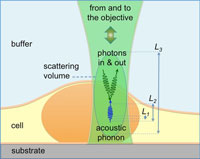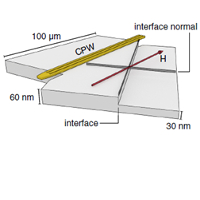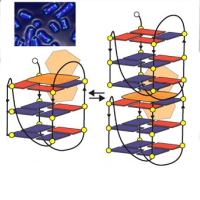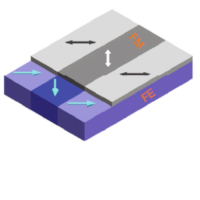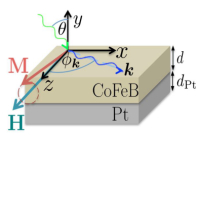Crystal structure search and electronic properties of alkali-doped phenanthrene and picene
| Title | Crystal structure search and electronic properties of alkali-doped phenanthrene and picene |
| Publication Type | Journal Article |
| Year of Publication | 2014 |
| Authors | S. Naghavi, S, Tosatti, E |
| Journal | Physical review. B, Condensed matter and materials physics |
| Volume | 90 |
| ISSN | 1098-0121 |
| Abstract | Alkali-doped aromatic compounds have shown evidence of metallic and superconducting phases whose precise nature is still mysterious. In potassium and rubidium-doped phenanthrene, superconducting temperatures around 5 K have been detected, but such basic elements as the stoichiometry, crystal structure, and electronic bands are still speculative. We seek to predict the crystal structure of M-3-phenanthrene (M = K, Rb) using ab initio evolutionary simulation in conjunction with density functional theory (DFT), and find metal but also insulator phases with distinct structures. The original P2(1) herringbone structure of the pristine molecular crystal is generally abandoned in favor of different packing and chemical motifs. The metallic phases are frankly ionic with three electrons acquired by each molecule. In the nonmagnetic insulating phases the alkalis coalesce reducing the donated charge from three to two per phenanthrene molecule. A similar search for K-3-picene yields an old and a new structure, with unlike potassium positions and different electronic bands, but both metallic retaining the face-to-edge herringbone structure and the P2(1) symmetry of pristine picene. Both the new K-3-picene and the best metallic M-3-phenanthrene are further found to undergo a spontaneous transition from metal to antiferromagnetic insulator when spin polarization is allowed, a transition which is not necessarily real, but which underlines the necessity to include correlations beyond DFT. Features of the metallic phases that may be relevant to phonon-driven superconductivity are underlined. |
| DOI | 10.1103/PhysRevB.90.075143 |

